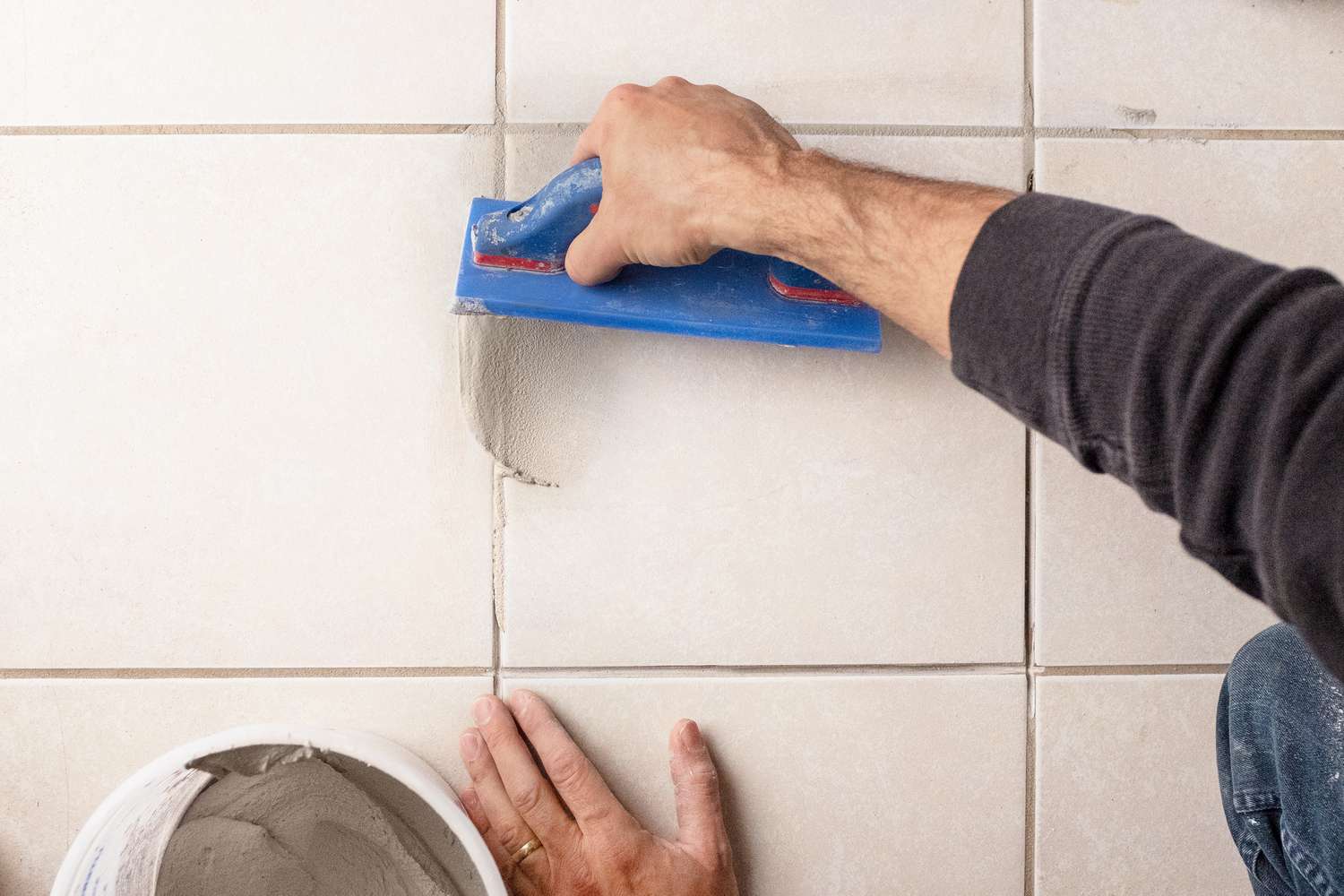
Ceramic tiles are a versatile and durable option for flooring, backsplashes, and walls. Their low maintenance and aesthetic appeal make them popular in residential and commercial spaces. However, like any material, ceramic tiles require care to maintain their longevity and appearance. Two key aspects of tile maintenance are resealing and regrouting. But how often should these tasks be performed, and what steps can you take to ensure your tiles remain in top condition? This guide provides answers and practical advice on ceramic tile care.
Why Resealing and Regrouting Are ImportantHigh-Moisture Areas
Ceramic tiles themselves are typically non-porous and don’t require sealing. However, the grout that fills the spaces between tiles is porous and prone to absorbing moisture, dirt, and stains. Over time, this can lead to discoloration, mold, and even structural damage. Regular grout sealing is necessary to avoid these problems, as it forms a barrier that keeps out water and stains.
Regrouting is necessary when grout becomes cracked, loose, or severely discolored. Damaged grout not only detracts from the appearance of your tiles but can also compromise their structural integrity, allowing moisture to seep beneath the tiles and cause damage to the substrate.
How Often Should You Reseal Ceramic Tile Grout?
The frequency of resealing grout depends on factors such as the location of the tiles, the type of grout used, and the level of exposure to moisture and traffic. Here’s a general guideline:
1. High-Moisture Areas
Resealing is crucial for areas like bathrooms, showers, and kitchen backsplashes. These spaces are frequently exposed to water, steam, and spills, increasing the risk of grout damage. Resolving grout in high-moisture areas is recommended every 6 to 12 months. Regular resealing ensures the grout stays waterproof and resistant to mold and mildew.
2. High-Traffic Floors
Ceramic tile floors in entryways, hallways, or kitchens experience constant foot traffic, making the grout more susceptible to wear and tear. Resealing these floors every 12 to 18 months helps protect the grout from dirt, stains, and moisture.
3. Low-Traffic or Decorative Areas
Resealing can be done every 2 to 3 years in areas with minimal wear, such as decorative wall tiles or low-traffic floors. These tiles are less exposed to moisture and stains, requiring less frequent maintenance.
How to Check If Grout Needs Resealing
A few drops of water sprayed onto your grout will indicate whether it needs to be resealed. The seal is still intact if the water beads up and stays on the surface. It is time to reseal the grout if the water seeps into it.
How Often Should You Regrout Ceramic Tiles?
Resealing is a regular maintenance procedure; regrouting is not. It is only required when grout is broken or rendered inoperable. Some signs that your grout needs to be replaced are as follows:
- Cracks or Gaps: Cracked grout can allow moisture to seep underneath tiles, leading to mold growth and damage to the underlying surface.
- Severe Discoloration: If grout remains discolored even after a thorough cleaning, it may be permanently stained and need replacing.
- Loose or Missing Grout: Missing grout compromises the stability of the tiles and leaves them vulnerable to moisture penetration.
Grout can generally last 15 to 20 years with proper maintenance. However, high-moisture and high-traffic areas may require regrouting sooner.
Steps for Resealing and Regrouting Ceramic Tiles
Resealing Grout
- Clean the Grout: Thoroughly clean the grout before sealing to remove dirt, stains, and mildew. Apply a grout cleaner or a solution of baking soda and water to stains that are difficult to remove.
- Allow to Dry: Ensure the grout is very dry before using the sealant. Mold growth can occur if moisture is trapped beneath the sealant.
- Apply the Sealant: Use a grout sealer applicator or a small brush to apply the sealant evenly. Be careful not to get sealant on the tile surface, as it may leave a residue.
- Wipe-Off Excess: Use a clean cloth to remove any excess sealant on the tiles.
- Allow to Cure: Prior to exposing the area to moisture, allow the sealant to cure as directed by the manufacturer, which is typically 24 to 48 hours.
Regrouting Tiles
- Remove Old Grout: Use a grout removal or rotary tool with a grout attachment to carefully remove the damaged grout without scratching the tiles.
- Clean the Gaps: Vacuum or wipe the gaps to remove dust and debris.
- Mix and Apply New Grout: After preparing the grout as directed, use a grout float to press it into the spaces. Using the float, smooth the surface for a uniform finish.
- Clean the Tiles: Wipe the tile surfaces with a damp sponge to remove excess grout before it dries.
- Seal the New Grout: After the grout has cured, apply a grout sealer to protect it from moisture and stains.
Tips for Maintaining Ceramic Tiles and Grout
To extend the lifespan of your grout and minimize the need for resealing and regrouting, follow these tips:
- Regular Cleaning: Tiles and grout should be cleaned frequently to prevent dirt accumulation. Avoid damaging the tile or grout by using pH-neutral cleaners.
- Dry Moist Areas: After showers or spills, dry the area to reduce moisture exposure and prevent mold growth.
- Use Mats and Rugs: Place mats in high-traffic areas to lessen grout wear.
- Inspect Annually: Check grout and tiles for signs of damage or wear annually to address issues early.
Conclusion
Proper maintenance of ceramic tiles involves regular grout resealing and regrouting only when necessary. Resealing every 6 to 18 months, depending on the area, protects grout from moisture and stains, while regrouting may be required every 15 to 20 years or when grout shows significant damage. By taking a proactive approach to tile care, you can preserve the beauty and functionality of your ceramic tiles, ensuring they remain a durable and stylish feature in your home for years to come.

































